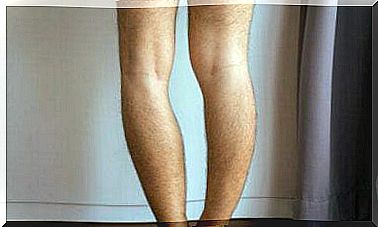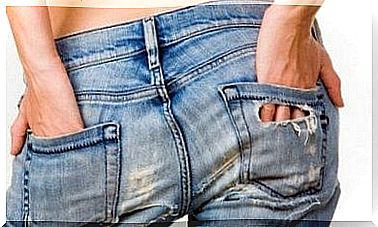Types Of Massage And Possible Applications
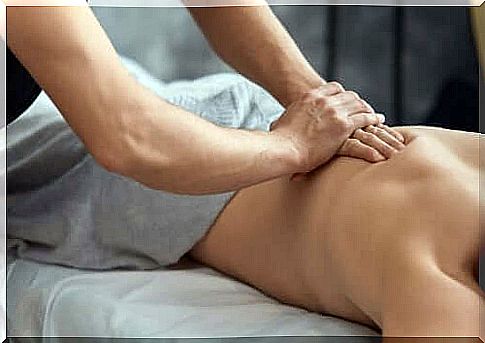
There are different types of massage with countless applications and all extremely useful for general health and well-being. However, in this article we will focus above all on chiropractic massage, that is, the one performed with only the hands and without the use of any type of instrument or equipment.
History of massage
Massage has been known since ancient times and has always been used to relieve physical, emotional and psychological ailments. In general, it is useful for improving physical and emotional health. Furthermore:
- It improves the quality of life and general well-being.
- Eliminates or reduces pain.
- Contributes to relaxation.
- Decrease stress.
- Improve sleep quality.
Massage has been used since ancient times, in India from 1800-1500 BC (Ayur-Veda); in China around 1000 BC (Houng-Ching); in Egypt, Greece, Rome and in Islamic medicine. There are numerous references to its therapeutic applications by authors such as Herodicus (500 BC), Hippocrates (450 BC), Claudius Galen (130 BC) and Avicenna (Abu Ali Al-hussayn Iber Sina), (930-1037 AD), including the others.
In more recent times it is worth mentioning Sweden (in the 19th century), where great innovations were introduced, which led to the well-known Swedish massage, which is currently the most used in the world.
Massage continues to be used to this day as an art or technique of relaxation and recovery of health and well-being. It is currently a rather broad specialty that includes multiple types and uses.
Definition of chiropractic massage
The most accepted definition of massage is the following: “Set of organized and methodical maneuvers or manipulations normally practiced without the aid of tools, on a part or on the whole body, causing in it, directly or indirectly, aesthetic, hygienic effects, therapeutic and preventive “.
Types of massage
There are various types of massages that have evolved over time. Some have been supplemented with new contributions, while retaining the hallmarks of the original technique. Others, on the other hand, stand out for the combination of different types of massage or for the integration of new techniques and maneuvers.
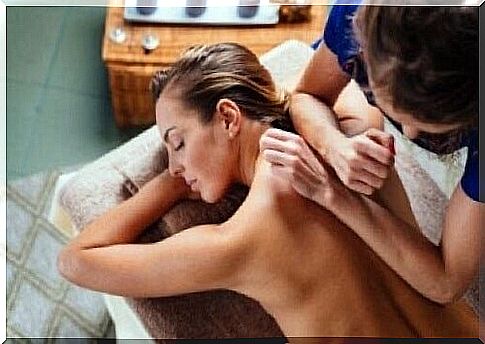
Chiropractic massage
It is a massage technique in which only the hands are used, without the aid of any tools, instruments or devices. The mechanism of action of chiropractic massage is attributed to the physiological response of the treated area with increased blood flow and decreased pain. As well as the result of pressure, which can help reduce muscle fatigue by relaxing the treated area.
Despite its history and diffusion, the benefits have not always been recognized by mainstream medicine, as scientific evidence of its effects is still limited. Chiropractic massage has many advantages, but some contraindications cannot be ignored, such as in cases of illness, injury or pregnancy.
Types of massage and applications
Relaxing massage
It is the most popular massage. Although it can be applied to specific parts of the body, it is generally performed throughout the body. In addition, it is carried out with gentle and shallow maneuvers that are intended to help reduce nervousness or stress, improve sleep quality and relieve emotional tension. In fact, it is one of the most popular applications in the field of beauty and personal care.
Toning massage
It is a short type massage lasting fifteen to twenty minutes, performed by exerting greater pressure in such a way as to act on the deeper muscle layers. In fact, it is performed on a specific part of the body and is indicated for sedentary people, without developed muscles and obese. Tones, activates muscles, increases blood flow to drain accumulated toxins.
Types of massage: sports
It is an energetic massage aimed at stretching and relaxing the muscle fibers. It is used for post-workout recovery and sports preparation. It shares invigorating properties and increases blood circulation with other types of massage, but is also designed to mobilize lactic acid, which is at the origin of the so-called “cramps”.
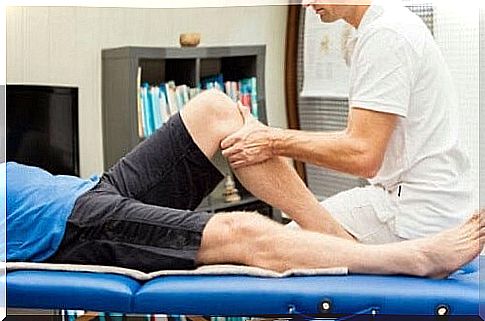
Types of massage: lymphatic drainage
It aims to promote the circulation of the lymphatic system and avoid water retention, especially in the lower limbs. It is applied all over the body following the direction of the circulation returning to the heart. Starting from the lower extremities, the upper ones and the abdomen where more fluid accumulates producing an increase in volume, towards the heart.
Shiatsu massage
It is a massage of Japanese origin that is performed with finger pressure ( Shi : fingers; Atsu : pressure). The technique is based on exerting pressure on different points of the body in a similar way to acupuncture.
This pressure on the nerve endings makes the vital energy (Chi – Qi) flow and rebalances, maintaining and improving the state of health, unblocking different areas of the body and restoring functionality to the internal organs.
Types of massage: reflexology
This type of massage is based on the application of pressure on different areas (feet, ears, trigger points, mouth, wrists, etc.) far from the point where the disorder is located. In this sense, it exploits the nervous and energetic communication between the different areas to obtain its effects.
The therapeutic effects are based on the physiology of the reflex arcs in which the nerve fibers collect information from the affected area by issuing the relative muscular, vascular or nervous command, once a point of the circuit is pressed.
Effects of massage on organs and structures
Skin
- Cleaning and removal of cells produced by desquamation (dead cells).
- Cleaning and emptying of the sweat ducts or sebaceous glands.
- Sensitive analgesia: that is, it reduces the sensation of discomfort and pain.
- Vasodilation. Increases the blood supply to the skin which becomes warmer and reddens.
- Enhances the absorption of creams or drugs through the pores.
- It frees the hair follicles and stimulates the bulb.
Types of massage and their effect on adipose tissue
- Dissolution of fat cells due to pressure, temperature rise and blood flow.
- Promote the reabsorption of adipose tissue and its storage as an energy reserve.
Muscles
- Increased temperature and catabolism.
- Promote contractility and tonicity of the endplate.
- Relieve, delay and reduce fatigue.
- Promote the return of circulation and download muscle mass.
Joints
Increase the temperature favoring the reabsorption of the edema and prevent the formation of adhesions.
Blood circulation
- Increase peripheral blood circulation. Capillaries carry more blood and faster.
- Hyperemia: or the increase in the amount of blood that reaches the tissues.
- Greater oxygenation of all body structures.
- Improve venous return, thus preventing the formation of edema and favoring the elimination of metabolic waste and toxins.
Digestive system
- Promote peristaltic movements and digestion.
- Potentially prevent or improve constipation or diarrhea problems.
Nervous system
- Analgesic effect : that is, it reduces the painful sensation.
- Improve motor nerve stimulation, increasing muscle tone, contractility and strength.
- Better irrigation and consequent nourishment of the peripheral nerves.
- Psychic relaxation: helps to reduce tension, stress and therefore the sensation of discomfort or pain.
General effects of the different types of massage
The effects of the massage can be concentrated in three large groups: mechanical, reflex and psychological.
Mechanical effects
- Greater elasticity of fabrics.
- Pressure and stimulation of joint tissues (ligaments, muscles, tendons and bones).
- Dissolution of muscle contractures.
- Increase in arterial, venous and lymphatic circulation, which improves nourishment and the elimination of waste products, including lactic acid, the cause of so-called cramps.
Reflected effects
- Balances and tones the autonomic nervous system.
- Reduce the pain.
Psychological effects
- Emotional and psychological relaxation.
- Improvement of sleep rhythms and mood.
- Increased feeling of general well-being.
Types of massage and applications: what is there to know?
The aforementioned types of massage have countless applications, all aimed at improving health and well-being. However, it is essential that they are performed by a professional, as incorrect execution can be counterproductive.
